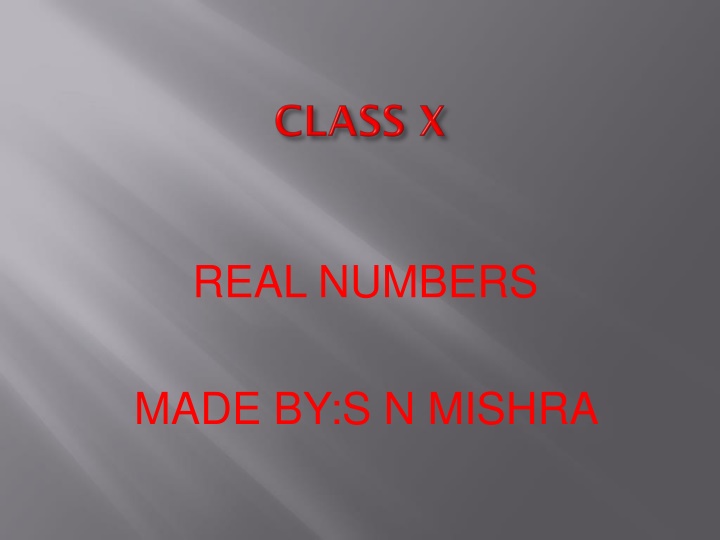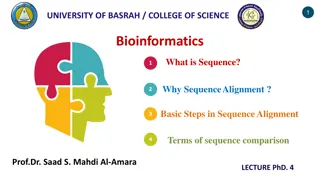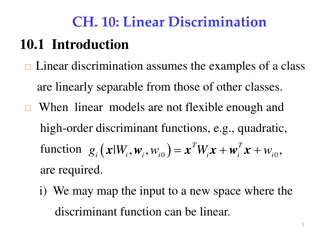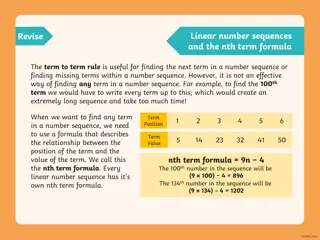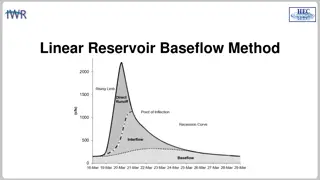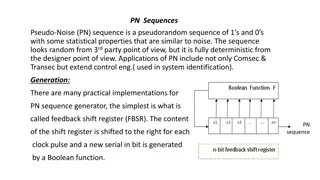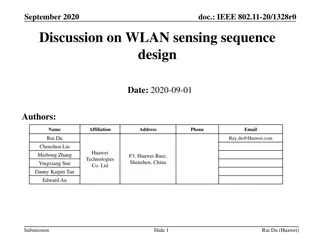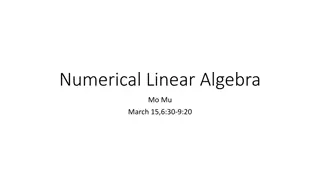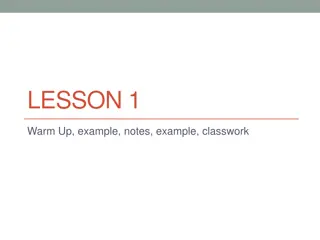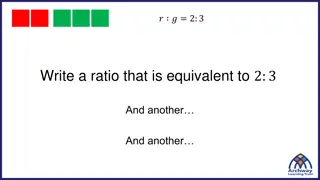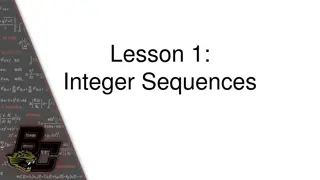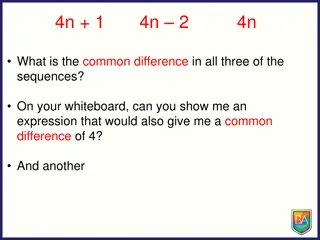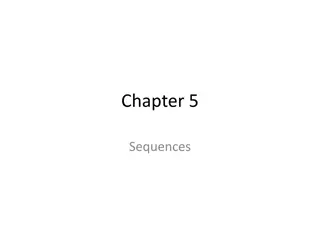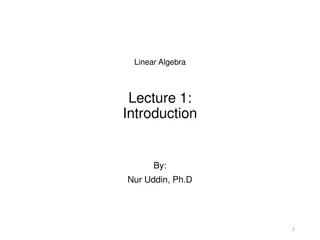Analyzing Linear Sequences with Matchsticks
Explore the concept of linear sequences using matchsticks to represent terms in an engaging and visual manner. Discover common differences, term-to-term rules, and find patterns in the growth of matchstick figures like Ted as they evolve over time. Understand how to determine the number of matchsticks needed for each stage of Ted's development.
Download Presentation

Please find below an Image/Link to download the presentation.
The content on the website is provided AS IS for your information and personal use only. It may not be sold, licensed, or shared on other websites without obtaining consent from the author.If you encounter any issues during the download, it is possible that the publisher has removed the file from their server.
You are allowed to download the files provided on this website for personal or commercial use, subject to the condition that they are used lawfully. All files are the property of their respective owners.
The content on the website is provided AS IS for your information and personal use only. It may not be sold, licensed, or shared on other websites without obtaining consent from the author.
E N D
Presentation Transcript
REAL NUMBERS MADE BY:S N MISHRA
????? ??? ???????? ???????? ? ??? ? ???? ????? ?????? ???????? ? ??? ? ?????????? ? = ?? + ?, 0 ? < ? Here , ? = ????????, ? = ???????, ? = ???????? ? = ?????????. Example 13 = 2 6 + 1
?? ?????? ?? ??? ?? ??? ???????? ???????? ??? ? ??? ? ??? ? > ?, F????? ? ? ????? ????? 1. Apply Euclid s division lemma to ? and ? . So , we find whole numbers ? ??? ? such that ? = ?? + ?, 0 ? < ?. 2. If ? = 0 , d is the HCF of ? and ? . If ? 0 apply the division lemma to ? and ? . 3. Continue the process till the remainder is zero . The divisor at this stage will be the required HCF.
Example :- Using Euclids division algorithm find the HCF of 12576 and 4052 . Ans. Since 12576 > 4052 we apply the division lemma to 12576 and 4052 to get 12576 = 4052 3 + 420 Since the remainder 420 0 , we apply the division lemma to 4052 and 420 to get 4052 = 420 9 + 272 We consider the new divisor 420 and new remainder 272 apply the division lemma to get 420 = 272 1 + 148 Now we continue this process till remainder is zero . 272 = 148 1 + 124 148 = 124 1 + 24 124 = 24 5 + 4 24 = 4 6 + 0 The remainder has now become 0 , so our procedure stops . Since the divisor at this stage is 4 , the HCF of 12576 and 4052 is 4 .
????????????????????????? ???????????????????????????, ??? ? ??????????????????????? , ????? ???? ? ????????? ?? ? ???????. Now factorize a large number say 32760 . 32760=2x2x2x3x3x5x7x13x13
?????????????????????????????2, ???? ????????, ??????????????????. Theorem: 2 ????????????. Proof: Let us assume on contrary that 2 is rational number then we can write 2= a/b where a and b are co-prime. 2 = ? /? (? 0) squaring on both sides 2 = ?2/ ?2 2 ?2 = ?2. Here 2 divides ?2, so it also divides ? . So we can write a=2c for some integer c.
Substituting for ? we get 2?2 = 4c2 that is ?2 = 2c2. Here 2 divides ?2, so it also divides ? .This creates a contradiction that a and b have no common factors other than 1. This contradiction has arisen because of our wrong assumption. So we conclude that 2 is a irrational number.
Theorem: ?????????????????????? ?????????? ??????????????????.? ??????????????????? ? ????? of ? and q, ? ??????????????????, ???? ??????????????????????????? ????? 2n 5m , where n and m ?????? - ???????? ????????. Example:0.375= 375/103
Let x =p/q be a rational number, such that the prime factorisation of q is of the form 2n5m, where n, m are non-negative integers. Then x has a decimal expansion which terminates. Example: 3/8=3/23=0.375
Let x =p/q be a rational number, such that the prime factorisation of q is not of the form 2n5m, where n, m are non-negative integers. Then, x has a decimal expansion which is non-terminating repeating (recurring). Example:1 / 7=0.1428571
